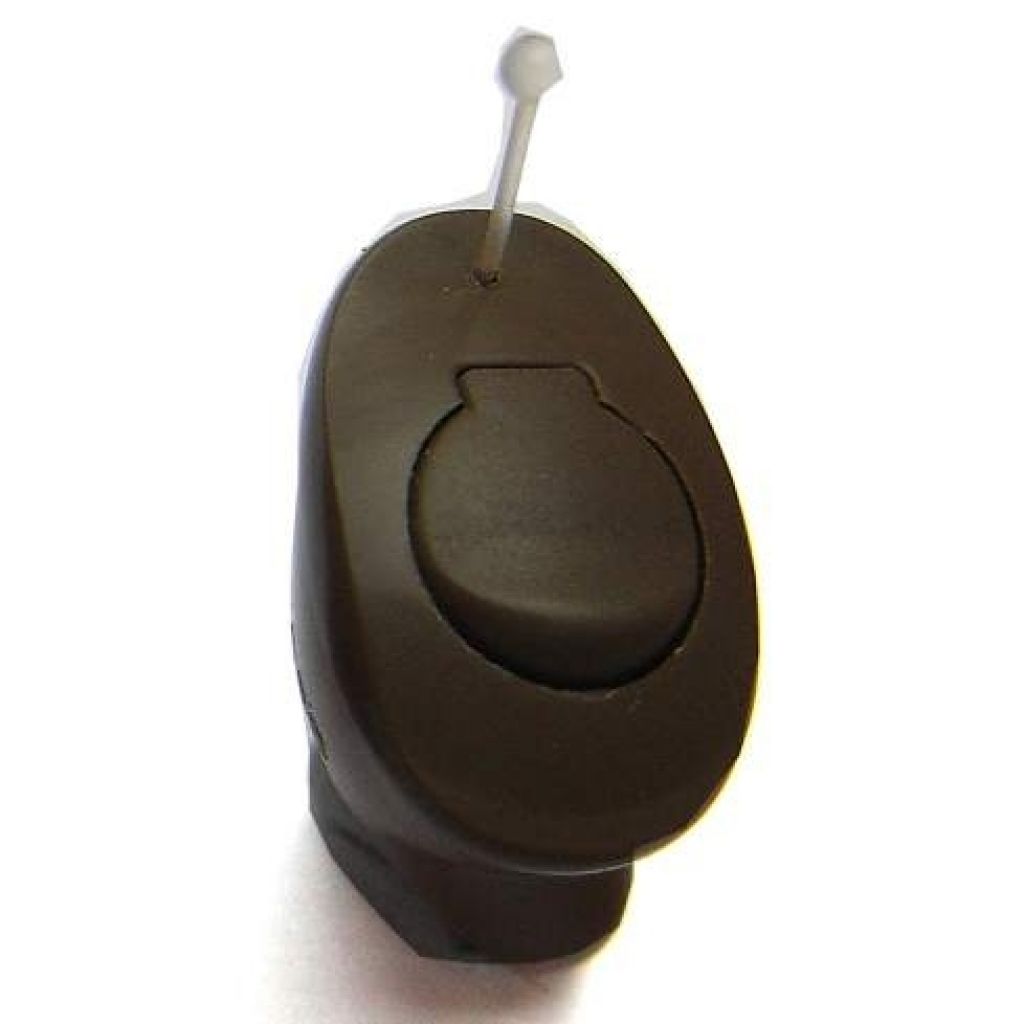Communication is the key to any business being successful, but communication comes in lots of different forms, understanding the right and proper way of communicating will see you through in your career very well. This article is a very good overview of what communication can mean to you. As a professional, you certainly know the importance of effective communication. Being an effective communicator is not only about the message, it’s also about the mode of communication and the opportunities you provide for feedback.
Your inability to get the point across thwarts your efforts at effective communication. You can’t just send out a company-wide email and assume everything is copacetic if no one replies. The truth may be that you were ineffective as a communicator, and people didn’t understandâ€"or even pay attentionâ€"to your message.
There are som e things you might be doing to undermine your effectiveness as a communicator, and you may not even know you’re doing them. Here are some communication pitfalls you should try to avoid:
Over-Communicating You’re not an effective communicator if you just repeat the same message over and over. If you want to remind your employees about an important deadline, sending out a single reminder would be appropriate. Sending out multiple reminders, however, is overkillâ€"and possibly even an insult to your employees’ ability to remember information.Â
Redundancy in your messages is not only unnecessary, but it’s also counterproductive and a waste o f timeâ€"for youÂ
and your employees. Whenever you send out communication on an ongoing subject, make sure it offers added information and is not merely a reiteration of the material you already shared.
Relying Too Much on One Channel (Or the Wrong Channel) Today’s technology makes it possible to communicate in many different ways. While it’s easy to do, you shouldn’t get stuck in one particular communication mode. There are so many digital communication channels that work really well these days. Email is a popular tactic and can work well, but people are inundated with email today and often suffer from “in-box overload.†So, you may want to consider using a combination of tactics for impactful news, such as the announcement of a merger or a high-level addition to the company management.
Consider a web-based meeting when you really want to make an impact. According to “
The Evolution of Workâ€"The Changing Nature of the Global Workplace,†a study by ADP Research Institute®, nearly 80 percent of employees regard technology positively for allowing deeper connections across distance and time. It just makes sense to considerÂ
other forms of digital communication, such as mobile apps or an internal company website.
Being Indirect < br>
Nobody likes to be the bearer of bad news, but it doesn’t help the situation to be vague or unclear. You should try to deliver important news in personâ€"and the more complicated or easily misunderstood the message is likely to be, the more it makes sense for you to sit down across from the personâ€"or teamâ€"to convey the message. A direct, in-person approach adds an important component to your communication: The ability to observe others’Â
facial expressions and body language, which allows you to ensure your message has been understood.
Ignoring Nonverbal Cues If you listen only to a person words and ignore their nonverbal cues your direct communication may not be successful.Â
Research conducted by Dr. Albert Mehrabian indicates that 55 percent of our intent is delivered through nonverbal elements, such as facial expressions, gestures, and postures. If employees seem to express agreement with a new policy,Â
non verbal cues such as hunched shoulders, crossed arms, and lack of eye contact may indicate that you still have some work to do in order to get buy-in from your team.
Not Being Open Secrecy in the workplace oftenÂ
erodes trust in leadership and foments gossip. By being more transparent in your communication, you foster a sense of belonging and trust. Knowledge replaces speculation, and can help reduce gossip and rumors.
Not Listening Rememberâ€"communication is a two-way street. Soliciting feedback is one of the greatest ways for you to know what employees are truly thinking. If you want to improve your communication skills, heed this advice:Â
Speak less, listen more. After you’ve had the opportunity to listen, you can fine-tune your communication skills to be more effe ctive than before.


